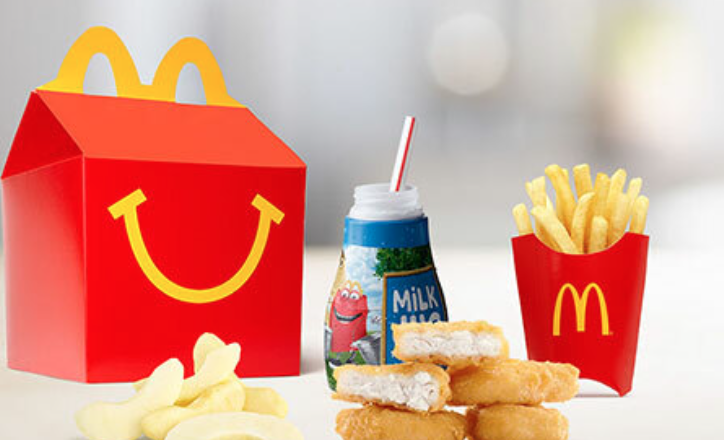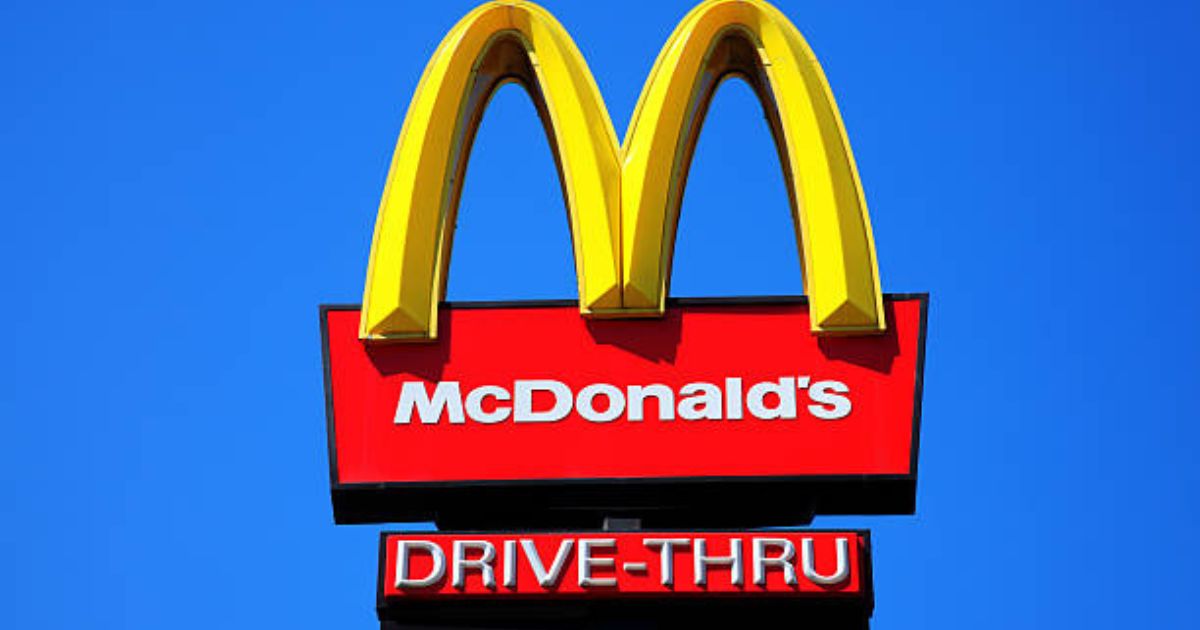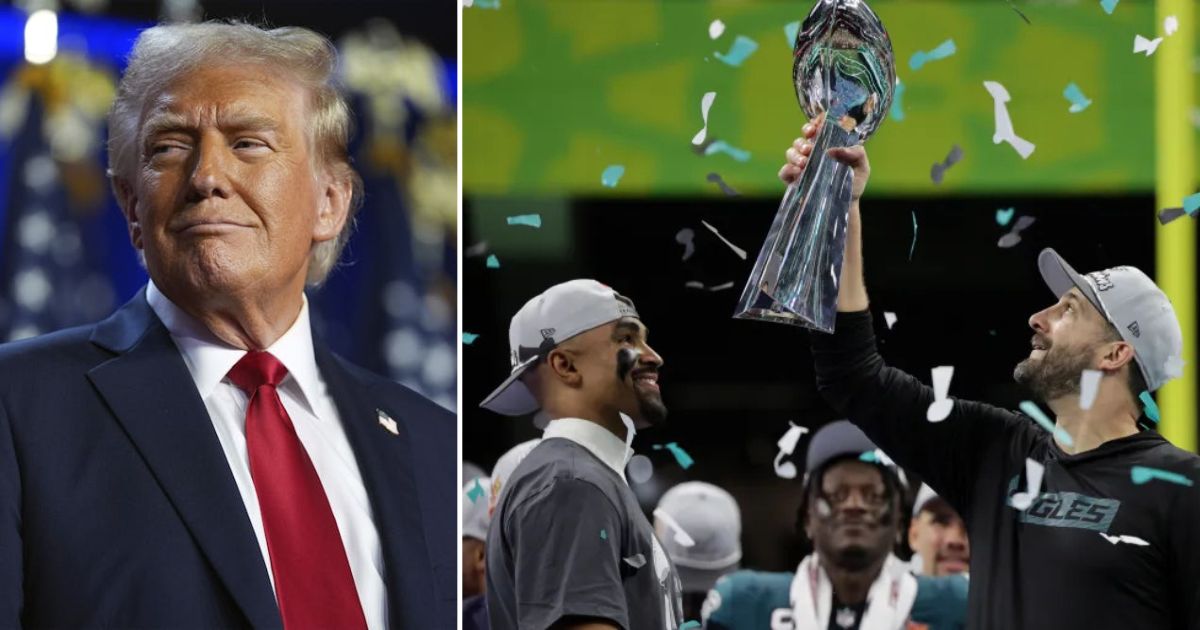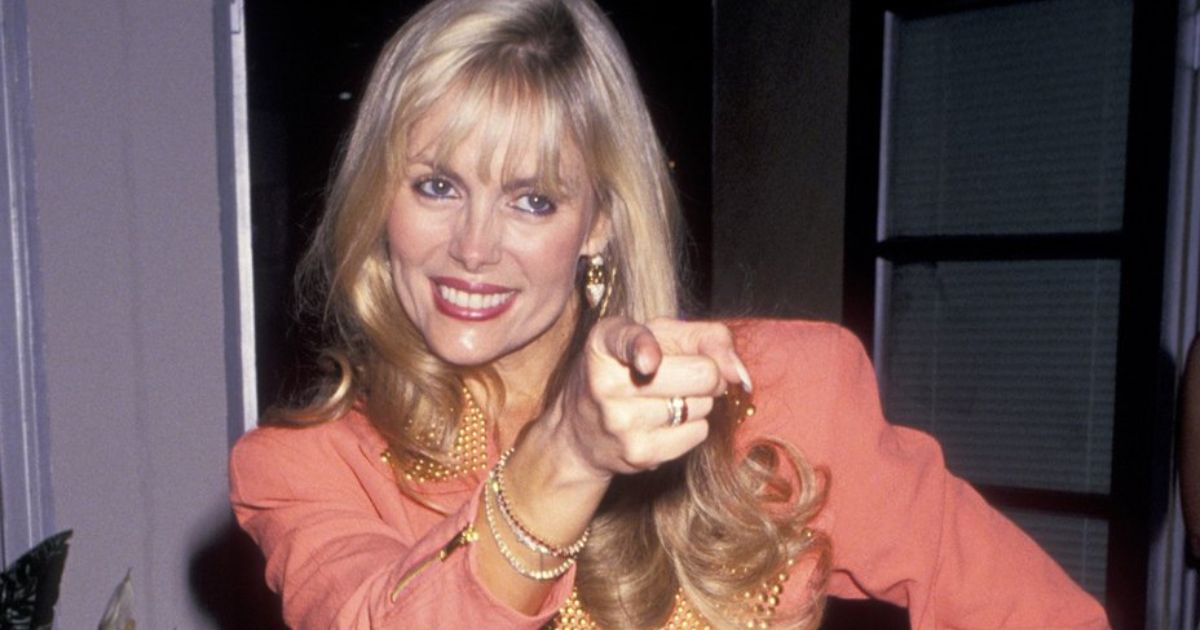McDonald’s has recently announced a remarkable 14% increase in revenue, reaching $6.69 billion, amidst concerns about rising fast-food costs. This surge has sparked a heated debate involving consumers, industry experts, and economists.
The catalyst for this discussion was a viral TikTok video by Christopher Olive, an influencer with over 400,000 followers. In the video, Olive expressed surprise at being charged $16 for a standard “happy meal” at McDonald’s. This incident prompted a closer examination of the factors contributing to price increases.

One major factor behind the rising costs is ongoing labor shortages, leading to higher wages at McDonald’s and other businesses. These increased labor costs are passed on to consumers through higher menu prices.
Despite criticism, McDonald’s has defended its pricing strategy, highlighting deals and discounts available through its mobile app. However, many customers, like Anne Arroyo from Ohio, remain frustrated by the disparity between advertised prices and actual costs.
Arroyo’s sentiments reflect those of numerous dissatisfied McDonald’s customers, leading to accusations of “greedflation.” This term suggests that companies may be exploiting inflation concerns to maximize profits.
Despite the backlash, McDonald’s continues to experience profitability growth due to higher menu prices, indicating sustained consumer demand. This raises questions about the franchise’s long-term pricing strategy and its impact on consumers and the fast-food industry as a whole.





